The Prospect Svobody Promenade (formerly the Hetman Ramparts)
Architecture
The Prospect Svobody Promenade – formerly the Hetman Ramparts – runs on a north-south line through the center of Lviv. At its northern end stands the Opera Theater, and at its southern, the Adam Mickiewicz Memorial. The architectural ensemble surrounding the greenway combines elements of late classicism (as in the former Skarbek Theater), and historicism (the former Galician Savings Bank, and Museum of Industry).
The promenade is situated above the channel of the Poltva River which has been converted into a culvert. Flowing under Prospect Svobody, the river serves as the topographical east-west dividing line of the city. Zamkova Hora (Castle Hill) marks the eastern edge of the river valley, with Piskova Hora behind it, and finally, Znesinnya Ridge. On the western edge are Kortumova Hora, St. George Hill, and the Citadel. These heights and their surrounding foothills form a natural amphitheater around the Lviv lowlands.
The promenade is located on the site where the former city walls and ramparts met. Near the end of the 18th century the fortifications were brought down, and the area was landscaped and converted into a pedestrian park.
The arrangement of the Hetman Ramparts was arrived at in the 19th century with the laying in of parallel streets – formerly known as Karl Ludwig and Hetman Streets – now combined into one, Prospect Svobody. Prior to the enclosure of the Poltva, the area was laid out as a boulevard with a park promenade through its center, and trees planted and flowers arranged in beds in a style reminiscent of the Baroque period.
According to historian M. Kovalchuk, “from 1888 to 1890, after the enclosing of the Poltva, new, larger, and more varied flower beds were laid in, as well as chestnut, maple, acacia and ash-lined lanes that would provide shady walks through the city’s heart in future.” The territory of the promenade and gardens on the Hetman Ramparts stood at 1.26 hectare (Kowalczuk, 1896, 320). Olena Stepaniv would write later that, “the modern street center goes on for 500 meters through a shady walk, sown in maple, chestnut, linden, acacia, and ash” (Stepaniv, 1992, 47).
Overall, three ‘rings of green’ surround the city of Lviv. The Hetman Ramparts and the promenade along Prospect Svobody, taken together with the Governor’s Ramparts (between Pidvalna and Vynnychenka Streets) and the Galicia, Sobornyi, and Danylo Halytskyi squares, form the first ring and mark the medieval boundaries of the city.
The second ring extends from the eastern bank of the Poltva through Vysoky Zamok, Znessinya, Lychakiv, Pohulyanka, and Zalizna Voda parks; and from the west to Ivan Franko Park and several other, smaller green areas. To the south, this second circle faces the Stryi Park complex.
The third ring is formed by the outlying Vynnykivskyi, Bryukhovytskyi, and Holoskivskyi parklands.
Related Places
Prosp. Svobody – former monument to Stalin Constitution (does not exist)
Show full description
Pl. Javorskoho – monument to Stanislaw Jablonowski (does not exist)
Show full description
Personalities
Karl Ludwig. Austrian Archduke.
Michał Kowalczuk (Mychailo Kovalchuk). Architect, architectural critic,
guidebook author.
Adam Mickiewicz. Polish poet.
Arnold Röhring. Landscape architect, park designer.
Stanisław Skarbek. Count, philanthropist.
Olena Stepaniv. Historian, geographer, civic
activist.
Stanisław Jan Jabłonowski. Great Crown Hetman.
Sources
- Ivanochko, U. et al. “Architecture of the late 18th and first half of the 19th Centuries.” Architecture of Lviv: Times and Styles, 13th-21st centuries. Biriulyov, Yuryi, ed. Lviv: Center of Europe Publishing, 2008. 170-237. Print.
- Krypyakevych, Ivan. Historical Walks Around Lviv. Lviv: Kamenyar, 1991. Print.
- Stepaniv, Olena. Contemporary Lviv: A Guidebook. Lviv: Phoenix, 1992. Print.
- Barański, F. Przewodnik po Lwowie: Z planem i widokami Lwowa. Lwów: 1902. Print.
- Jaworski, F. Lwόw stary i wczorajszy (szkice i opowiadania): Z ilustracyami. Wydanie drugie poprawione. Lwów: 1911. Print.
- Kowalczuk, M. “Rozwόj terytoryalny miasta.” Miasto Lwów w okresie samorządu 1870–1895. Lwów: 1896. 299–351. Print.
- Orłowicz, M. Ilustrowany przewodnik po Lwowie: Ze 102 ilustracjami i planem miasta. Wydanie drugie rozszerzone. Lwów – Warszawa: Książnica-Atlas, 1925. Print.
- Stankiewicz, Z. ”Ogrody i plantacje miejskie.” Lwów dawny i dzisiejszy: Praca zbiorowa pod redakcją B. Janusza. Lwów: 1928. 62–71. Print.
Material Assembled by Ihor Zhuk, December 2012.
Media Archive Materials
Related Pictures
-
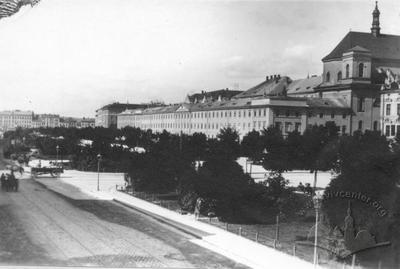 Проспект Свободи з видом на будинок Губерніального управління
Проспект Свободи з видом на будинок Губерніального управління
-
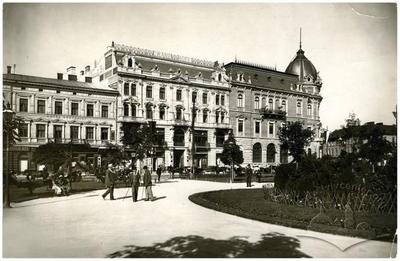 Прогулянкова алея проспекту Свободи
Прогулянкова алея проспекту Свободи
-
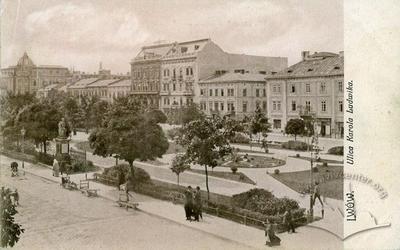 Проспект Свободи
Проспект Свободи
-
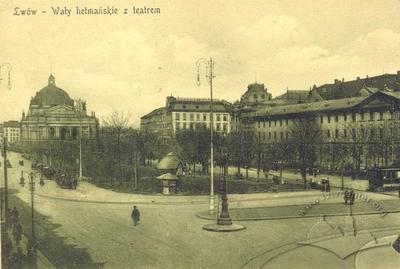 Проспект Свободи з театром
Проспект Свободи з театром
-
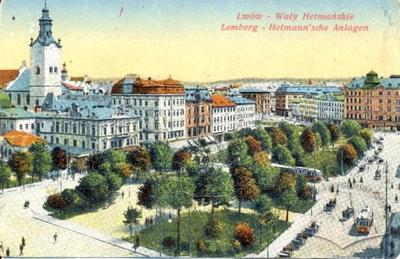 Проспект Свободи
Проспект Свободи
-
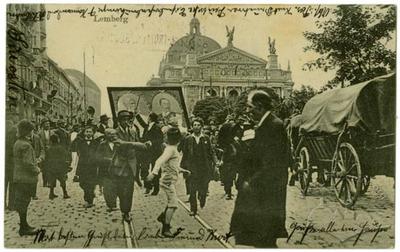 Маніфестація
Маніфестація
-
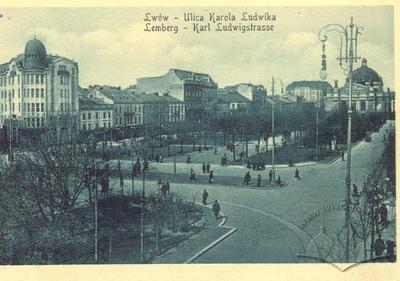 Проспект Свободи
Проспект Свободи
-
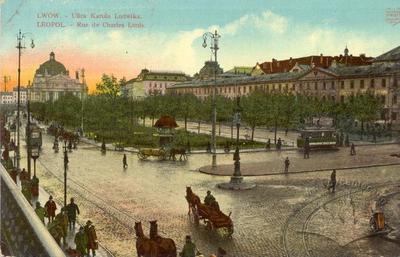 Проспект Свободи
Проспект Свободи
-
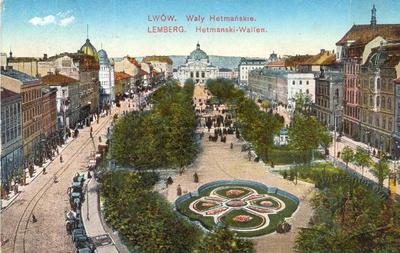 Проспект Свободи
Проспект Свободи
-
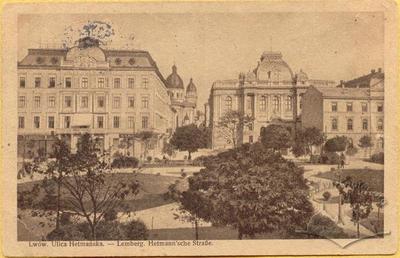 Вулиця Гетьманська
Вулиця Гетьманська
-
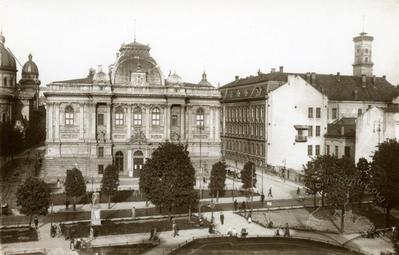 Пам'ятник Станіславу Яблоновському на проспекті Свободи
Пам'ятник Станіславу Яблоновському на проспекті Свободи
-
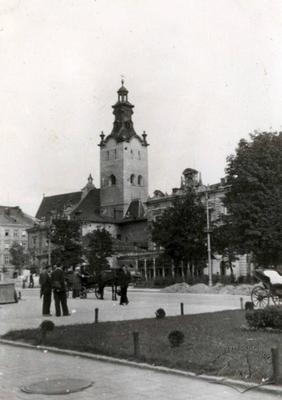 Вид проспекту Свободи
Вид проспекту Свободи
-
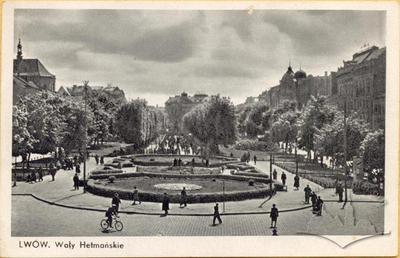 Гетьманські Вали
Гетьманські Вали
-
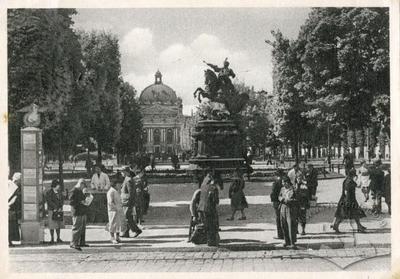 Проспект Свободи
Проспект Свободи
-
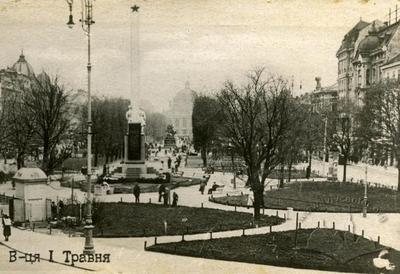 Пам'ятники на проспекті Свободи
Пам'ятники на проспекті Свободи
-
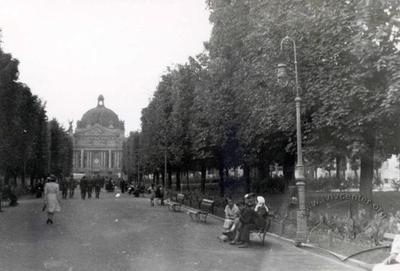 Центральна прогулянкова алея проспекта Свободи
Центральна прогулянкова алея проспекта Свободи
-
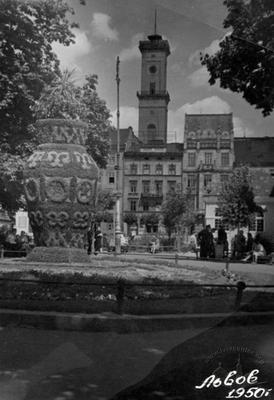 Квіткова декоративна ваза-клумба на проспекті Свободи
Квіткова декоративна ваза-клумба на проспекті Свободи
-
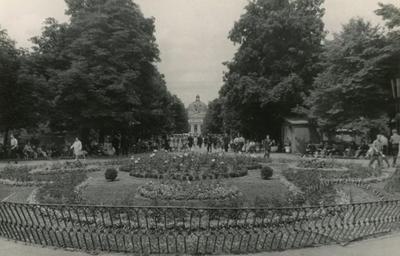 Перспектива центрального бульвару вулиці 1 Травня (проспекту Свободи)
Перспектива центрального бульвару вулиці 1 Травня (проспекту Свободи)
-
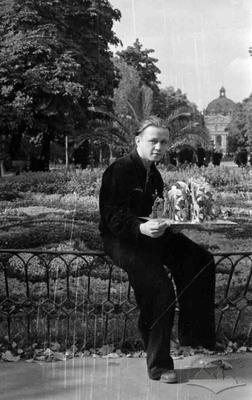 Хлопець біля клумби на проспекті Свободи
Хлопець біля клумби на проспекті Свободи
-
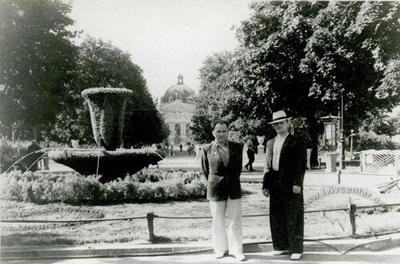 Клумба на проспекті Свободи
Клумба на проспекті Свободи
-
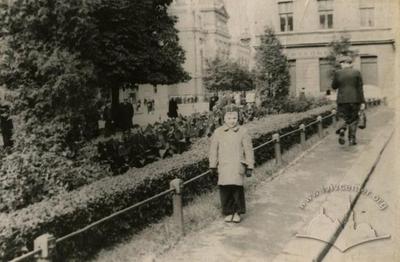 Сквер перед входом до музею В. Леніна
Сквер перед входом до музею В. Леніна
-
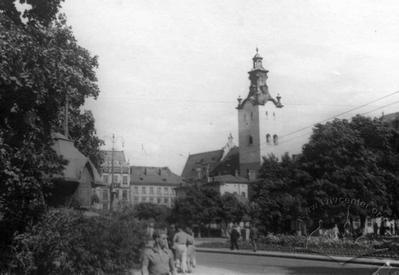 Площа Підкови та проспект Свободи
Площа Підкови та проспект Свободи
-
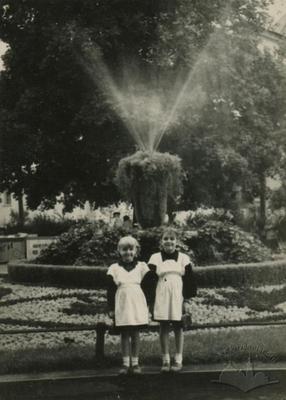 Першокласниці біля клумби на вул. 1 Травня (пр. Свободи)
Першокласниці біля клумби на вул. 1 Травня (пр. Свободи)
-
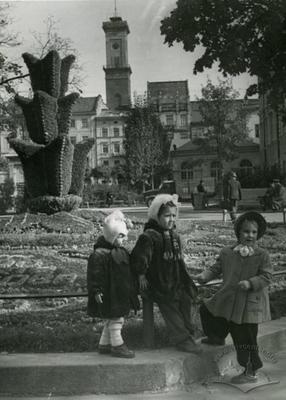 Декоративна квіткова ваза-клумба в сквері на пр. Леніна (тепер пр. Свободи)
Декоративна квіткова ваза-клумба в сквері на пр. Леніна (тепер пр. Свободи)
-
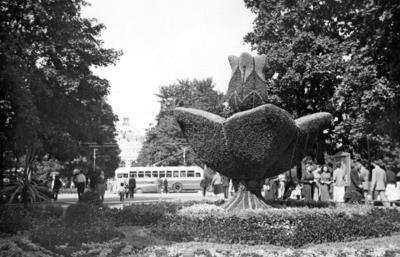 Проспект Свободи
Проспект Свободи
-
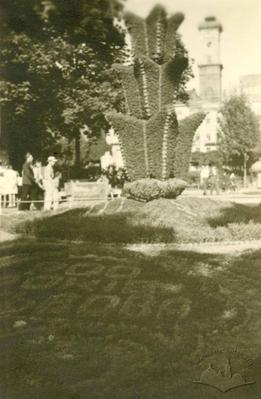 Квіткова ваза в центрі клумби на пр. Свободи
Квіткова ваза в центрі клумби на пр. Свободи
-
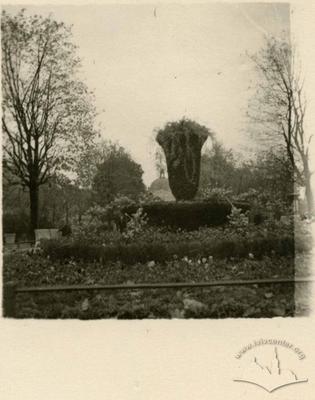 Декоративна ваза з квітів на проспекті Свободи
Декоративна ваза з квітів на проспекті Свободи
-
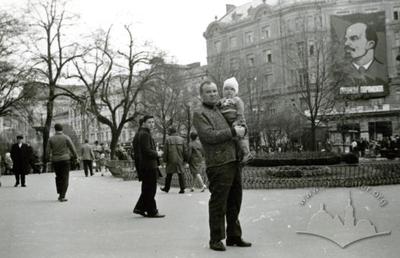 Сквер на початку проспекта Свободи
Сквер на початку проспекта Свободи
-
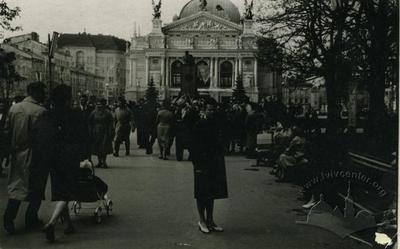 Проспект Леніна (тепер проспект Свободи)
Проспект Леніна (тепер проспект Свободи)
-
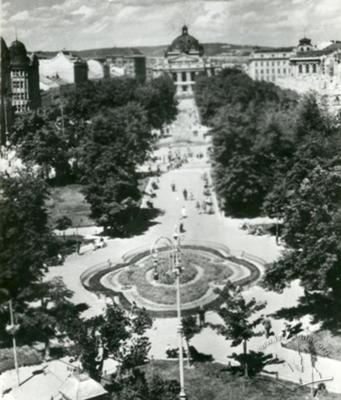 Проспект Свободи
Проспект Свободи
-
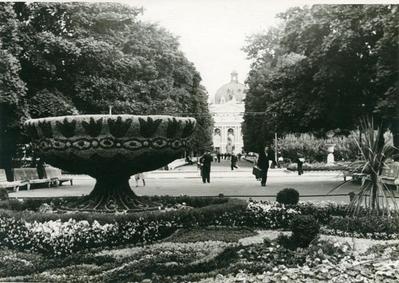 Проспект Свободи
Проспект Свободи
-
 Дошка пошани на площі Підкови
Дошка пошани на площі Підкови
-
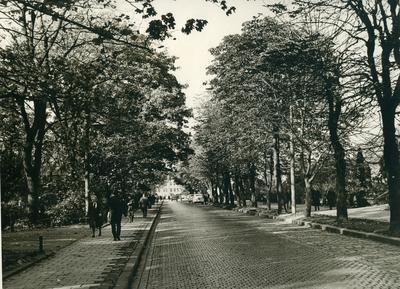 Проспект Леніна
Проспект Леніна
-
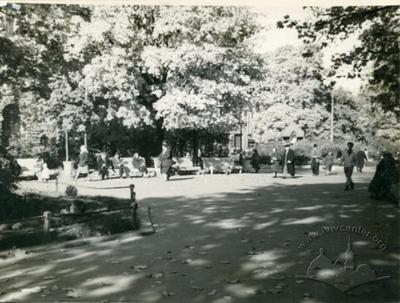 Проспект Свободи
Проспект Свободи
-
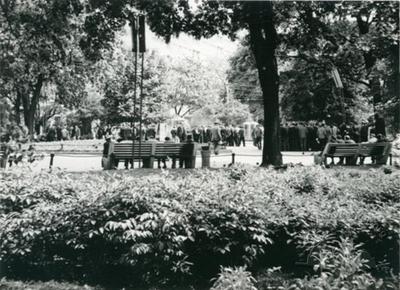 Клумба на проспекті Свободи
Клумба на проспекті Свободи
-
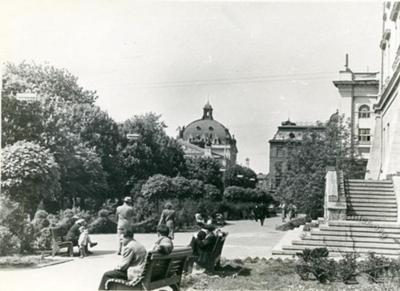 Проспект Свободи
Проспект Свободи
-
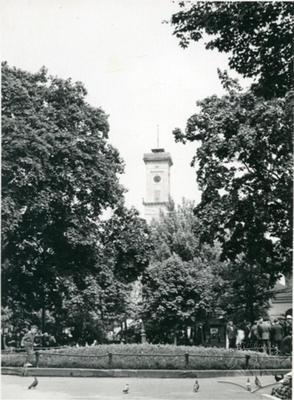 Проспект Свободи, Ратуша
Проспект Свободи, Ратуша
-
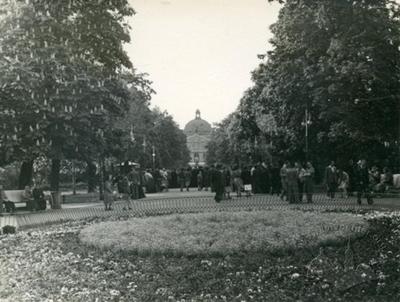 Проспект Свободи
Проспект Свободи
-
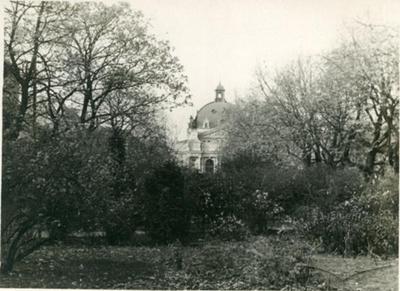 Проспект Свободи
Проспект Свободи
-
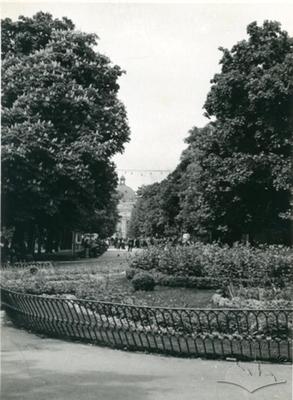 Проспект Свободи
Проспект Свободи









